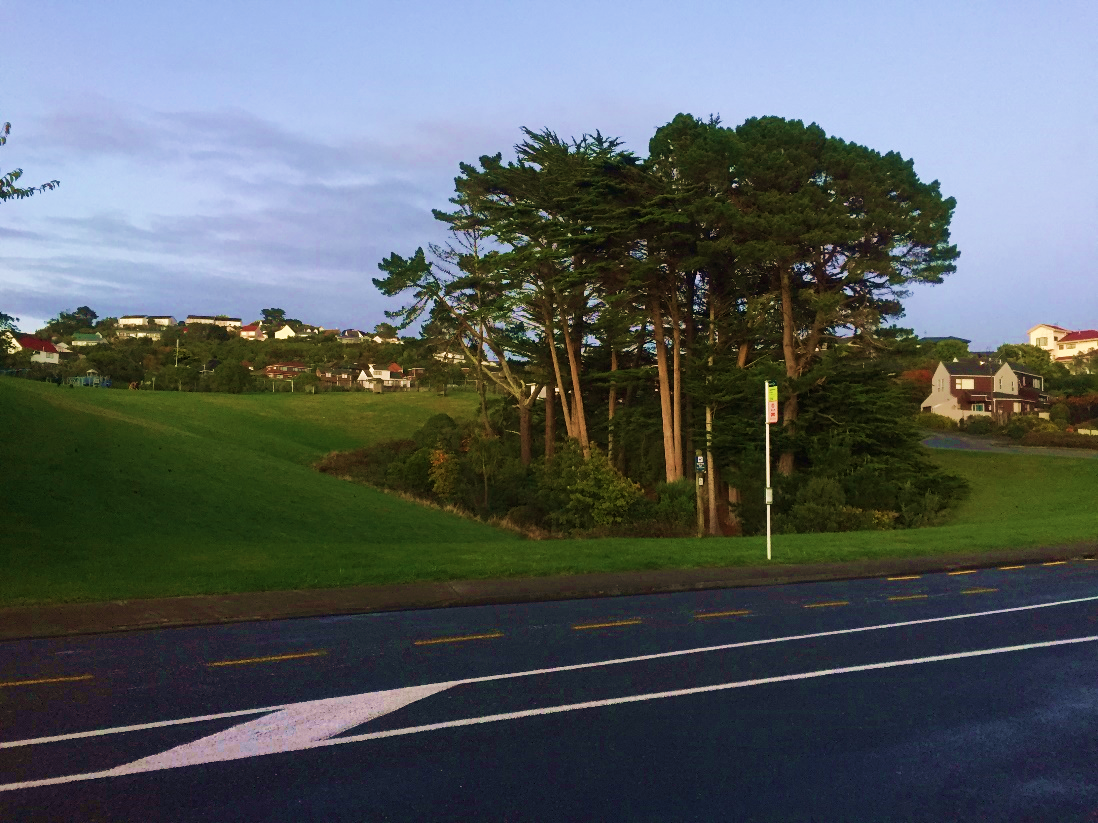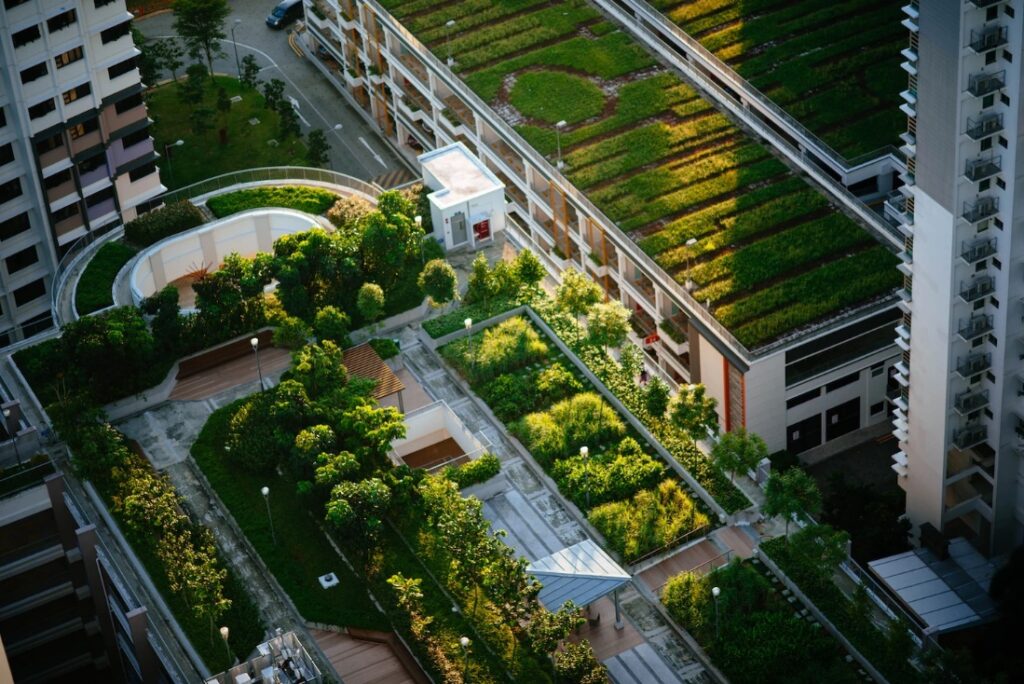City Know-hows

Implementing community participation in the planning of public open spaces is one of the most useful and effective means to encourage a higher sense of community.
Share
Target audience
Landscape architects, designers and planners focusing on communities which have different ethnic groups
The problem
The influence of migration, globalisation, and cultural diversity in the context of Aotearoa New Zealand are presenting challenges for the creation of public open spaces, as well as the level of sense of community. Exploring whether people from different ethnic groups can be fully integrated into the participatory planning processes is critical. However, there are insufficient studies about the relationship between public open spaces and sense of community towards whether or not participation with ethnicity.
What we did and why
Through a quantitative approach of online survey, we utilise the Sense of Community Index as a framework for assessing the extent to which participatory planning nurtures a sense of community among the diverse ethnic groups. By investigating this aspect, we aim to understand whether community engagement can contribute to the creation of culturally diverse environment. The findings provide insights for promoting inclusivity in public open spaces while addressing the challenges posed by migration and globalisation.
Our study’s contribution
Our research suggests that community participation in the planning processes offer valuable opportunities for fostering a higher sense of community, and creating inclusive spaces that celebrate cultural diversity in Aotearoa New Zealand. The research findings provide statistical evidence on the sense of community in relation to ethnicity and have indicated that the people who took part in the community participatory planning process all have a higher sense of community than those who did not.
Impacts for city policy and practice
Our research contributes to a deeper understanding of the intersection between public open space planning, community participation, and cultural diversity. By engaging in, communities can contribute to the design and development of public open spaces that reflect their cultural values and aspirations, reinforcing sense of community. The future study is needed to explore and discover a series of community participation processes in relation to the targeting ethnic groups that could potentially be applied into practice.
Further information
Full research article:
Encouraging sense of community in Aotearoa New Zealand: exploring the role of community participation in public open space planning by Yiwen Cui, Morten Gjerde and Bruno Marques
Related posts

The global COVID-19 pandemic, with its associated issues of isolation, enhanced hygiene practices and contact tracing brought up a number of issues to the public domain, many of which bordered on the nexus between urban planning and public health. We examine how new ideas concerning the linkages between urban planning and public health revealed by the COVID-19 crisis can be integrated into practice and how we might leverage this knowledge to build more just, healthier and liveable cities.

Walking is a forgotten aspect of urban communication. Walking provides places of interaction and is revealing of the relationship between citizens and politics.

Urban greening interventions have been shown to increase the climate resilience of our cities and improve the health outcomes of residents. How can we use open data to target these interventions more effectively and maximise the benefits of increased greening?